Endometriosis affects around 10% of reproductive-age women. It is widespread between the ages of 30 and 50. It's a chronic health problem associated with life-impacting severe pain. The name of this disease comes from the word ‘endometrium, the uterus lining.
The female reproductive system consists of the uterus, ovaries, Fallopian tubes, cervix, and vagina. The body of the uterus![]() is made up of three tissue layers. The outer layer, the peritoneum, is a membrane that continues with the abdominal peritoneum. It lines the uterus outside, covering the muscle layer, myometrium. The myometrium is a thick layer of smooth muscle that expands during pregnancy and is responsible for contractions at birthing. The inner layer of the uterus body is called the endometrium. It is often referred to as the lining of the uterus. The endometrium's superficial layer is shed during menstruation and regenerated throughout the menstrual cycle's later phases. This phenomenon is called the endometrial cycle and coexists with the menstrual cycle.
is made up of three tissue layers. The outer layer, the peritoneum, is a membrane that continues with the abdominal peritoneum. It lines the uterus outside, covering the muscle layer, myometrium. The myometrium is a thick layer of smooth muscle that expands during pregnancy and is responsible for contractions at birthing. The inner layer of the uterus body is called the endometrium. It is often referred to as the lining of the uterus. The endometrium's superficial layer is shed during menstruation and regenerated throughout the menstrual cycle's later phases. This phenomenon is called the endometrial cycle and coexists with the menstrual cycle.
The functions ![]() of the endometrium are:
of the endometrium are:
A lot of changes happen in a female body throughout the menstrual cycle. One of the changes is the thickening of the endometrial layer. The menstrual cycle is between the first day of the woman's period and the last day before her next period. The length of a menstrual cycle varies, but the average cycle length is 28 days. It is still customary to have longer or shorter cycles, between 23 to 35 days, as long as they are regular. The irregular cycle is an abnormality.
Hormones control the menstrual cycle. Each cycle can be divided into four phases:

Endometriosis is a long-term disease affecting around 10% of women between 15 and 49 years of age. It can begin with the first menstrual period of a girl and last until menopause but is most commonly found in women in their thirties and forties. It happens when the tissue similar to endometrium grows outside of the uterus. Usually, it involves ovaries, Fallopian tubes, or outside of the uterus. It can also develop in other organs, which is rare.
This abnormal tissue behaves similarly to the one in the womb. It grows throughout the menstrual cycle, responding to hormonal changes, and breaks up at the end of each cycle, bleeding and shedding as normal uterine tissue does. However, this blood and debris have no way to exit the body. This causes swelling and inflammatory response in the pelvic area or other body parts, which can create scar tissue or other lesions.
Endometriosis can be divided into four types![]() based on what organ it affects:
based on what organ it affects:
Endometriosis is associated with fertility issues. It is one of the main reasons of infertility in women. Nearly 40%![]() of women who can't get pregnant have it. However, women with milder forms of the illness can get pregnant and carry a baby to term. There are several reasons why endometriosis can affect fertility. Endometrial tissue can wrap around the ovaries, preventing the egg from being released. The tissue can block the Fallopian tubes, stopping sperm from making its way up or stopping the oocyte from sliding down to the uterus. Medications used to treat endometriosis won't improve fertility. These causes will need to be treated surgically. There are also ways in which endometriosis can make it harder for a woman to get pregnant that cannot be surgically removed. It can affect hormonal balances and the endometrium's quality and cause the immune system to attack the embryo due to existing inflammation.
of women who can't get pregnant have it. However, women with milder forms of the illness can get pregnant and carry a baby to term. There are several reasons why endometriosis can affect fertility. Endometrial tissue can wrap around the ovaries, preventing the egg from being released. The tissue can block the Fallopian tubes, stopping sperm from making its way up or stopping the oocyte from sliding down to the uterus. Medications used to treat endometriosis won't improve fertility. These causes will need to be treated surgically. There are also ways in which endometriosis can make it harder for a woman to get pregnant that cannot be surgically removed. It can affect hormonal balances and the endometrium's quality and cause the immune system to attack the embryo due to existing inflammation.
If you experience trouble getting pregnant because of endometriosis, talk to your doctor, who can suggest the proper treatment for you. Suppose the cause of your infertility cannot be removed. In that case, you can consider intrauterine insemination (IUI), which involves putting your partner’s sperm directly into your uterus, or in vitro fertilization (IVF).
Detailed medical history and symptoms can indicate the diagnosis of endometriosis. However, it can be challenging to differentiate it from other conditions just based on that. To confirm the diagnosis, medical professionals can perform various tests:

Endometriosis can significantly affect a person's life in various ways. Some of them are![]() :
:
Symptoms usually improve after menopause or with the use of hormonal contraception.
Endometriosis can affect any women in reproductive age regardless of ethnicity and social status. It is unclear what exactly causes ![]() this disease, but it is thought to occur due to:
this disease, but it is thought to occur due to:
There are risk factors![]() determining some women may have increased odds to suffer from endometriosis:
determining some women may have increased odds to suffer from endometriosis:

Although there is no cure![]() for endometriosis, various treatments
for endometriosis, various treatments ![]() of symptoms can be offered to patients. These usually include surgery or medication.
of symptoms can be offered to patients. These usually include surgery or medication.
Hormonal contraception can lower the level of estrogen and stop periods. This means abnormal endometrium-like tissue doesn't bleed, reducing inflammation. Different types of hormonal therapy can be offered, and the proper treatment will be adapted considering the patient's pregnancy plans. Other medication provided for patients with endometriosis is painkillers to reduce discomfort associated with the disease. The symptoms return when hormonal therapy and pain management medication are stopped.
Surgery to remove or try to remove the abnormal tissue can be undertaken. A laparoscopic procedure or surgery can do this with a more significant cut. The symptoms are likely to get better after the surgery but do not always disappear and can recur. Hysterectomy is one of the treatment options for the most severe cases. In this case, surgeons remove the ovaries, uterus, and cervix. Without these, pregnancy is impossible.
Some women report relief after undergoing alternative medicine![]() treatments like acupuncture, chiropractic care, or herbs (cinnamon twig or licorice root). Supplementation of thiamine (vitamin B1), magnesium, or omega-3 fatty acids may also be effective.
treatments like acupuncture, chiropractic care, or herbs (cinnamon twig or licorice root). Supplementation of thiamine (vitamin B1), magnesium, or omega-3 fatty acids may also be effective.
Unfortunately, at present, there are no ways to prevent endometriosis. Although some screening tests have been proposed, none are accurate enough to be used in the clinical environment. Endometriosis is known to be related to estrogen, so keeping estrogen levels low can be beneficial![]() for people in the higher-risk group. This can be achieved by the use of hormonal contraception such as pills, patches, and rings; regular exercise and keeping a low body fat percentage, which can reduce the production of estrogen; avoiding alcohol intake, which increases the production of estrogen – no more than one alcoholic drink is recommended and limiting drinking caffeinated beverages to one a day, like coffee, green tea or energy drinks, which can raise estrogen level as well.
for people in the higher-risk group. This can be achieved by the use of hormonal contraception such as pills, patches, and rings; regular exercise and keeping a low body fat percentage, which can reduce the production of estrogen; avoiding alcohol intake, which increases the production of estrogen – no more than one alcoholic drink is recommended and limiting drinking caffeinated beverages to one a day, like coffee, green tea or energy drinks, which can raise estrogen level as well.
Endometriosis can be a physically and mentally challenging condition. It is associated with an increased risk of anxiety, depression, and isolation. Patients suffering from this illness must get the support they require.
Pain can be alleviated using temporary solutions like warm baths, hot water bottles, and heat pads.
Some lifestyle changes ![]() can help manage endometriosis. The diet focuses on fruit and vegetables instead of fatty foods, encouraging the organism to produce more estrogen. Regular exercise encourages the heart to pump blood into all the organs, maintaining their healthy functioning. Stress management is important as scientists think stress can make the condition worse.
can help manage endometriosis. The diet focuses on fruit and vegetables instead of fatty foods, encouraging the organism to produce more estrogen. Regular exercise encourages the heart to pump blood into all the organs, maintaining their healthy functioning. Stress management is important as scientists think stress can make the condition worse.
Endometriosis is a chronic disease associated with severe pain in the lower abdomen. It can have a significant impact on daily life. There currently is no cure for endometriosis and no screening method has been developed yet, however there are treatments that can minimise how it affects the patient's life. It may cause trouble getting pregnant, but not all women with endometriosis are infertile. Eating a lot of fruit and vegetables rather than red meat, drinking less coffee and alcohol, and exercising regularly can reduce the likelihood of developing the condition.
Table of Contents
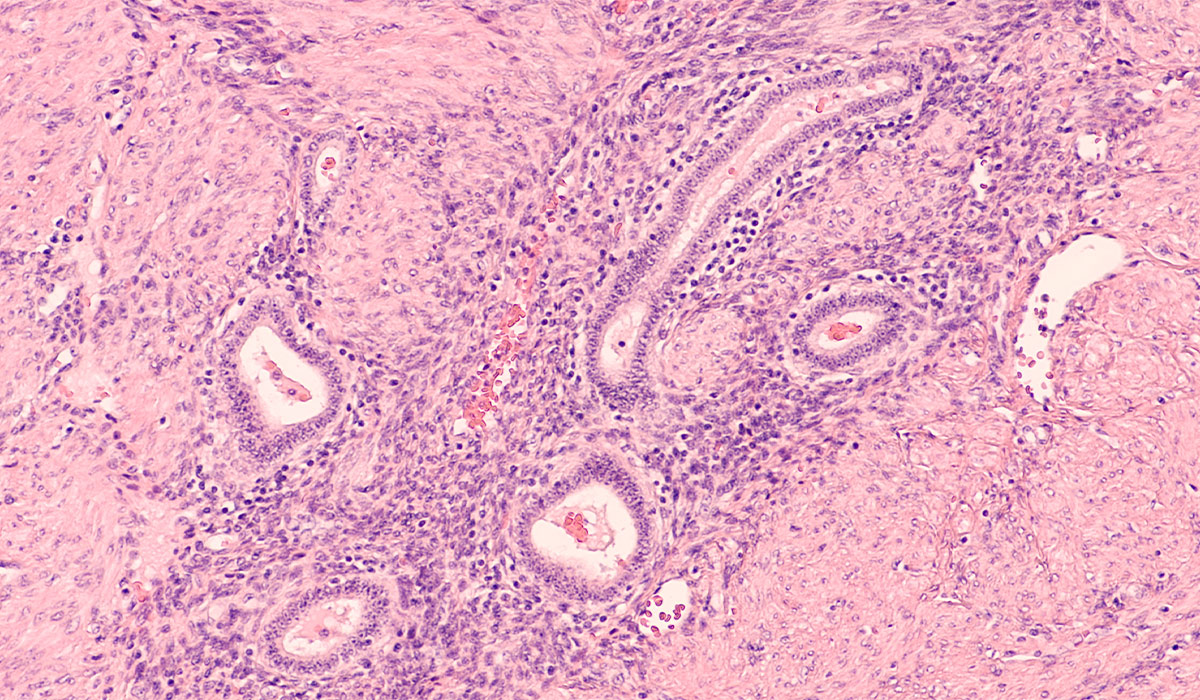
Adenomyosis is a chronic disease that can significantly reduce a woman's quality of life and limit her fertility. Learn how… read more »

Estrogen is a group of hormones that play a crucial role in the development and regulation of the female reproductive… read more »

Ovulation is a key stage of the menstrual cycle in which the mature egg moves into the fallopian tube. What… read more »

Ovarian cysts are among the most common changes in the reproductive organs of women regardless of their age. Are they… read more »
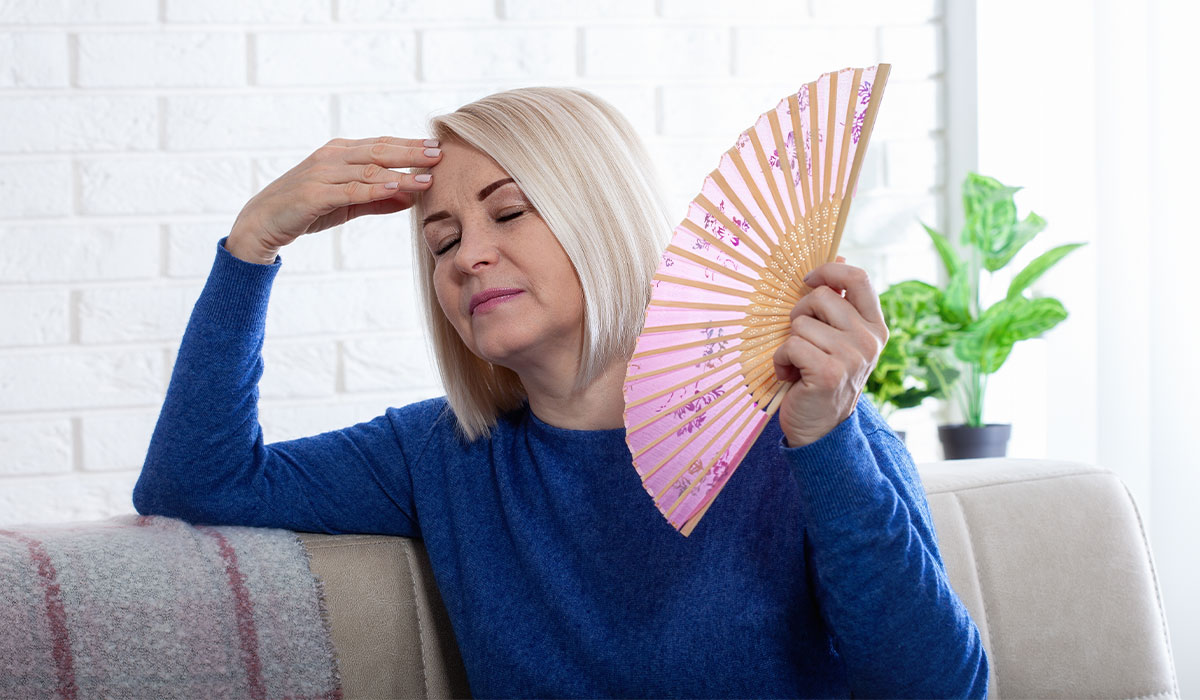
Perimenopause is the time when the body prepares for menopause. What symptoms can you experience during these changes? What is… read more »
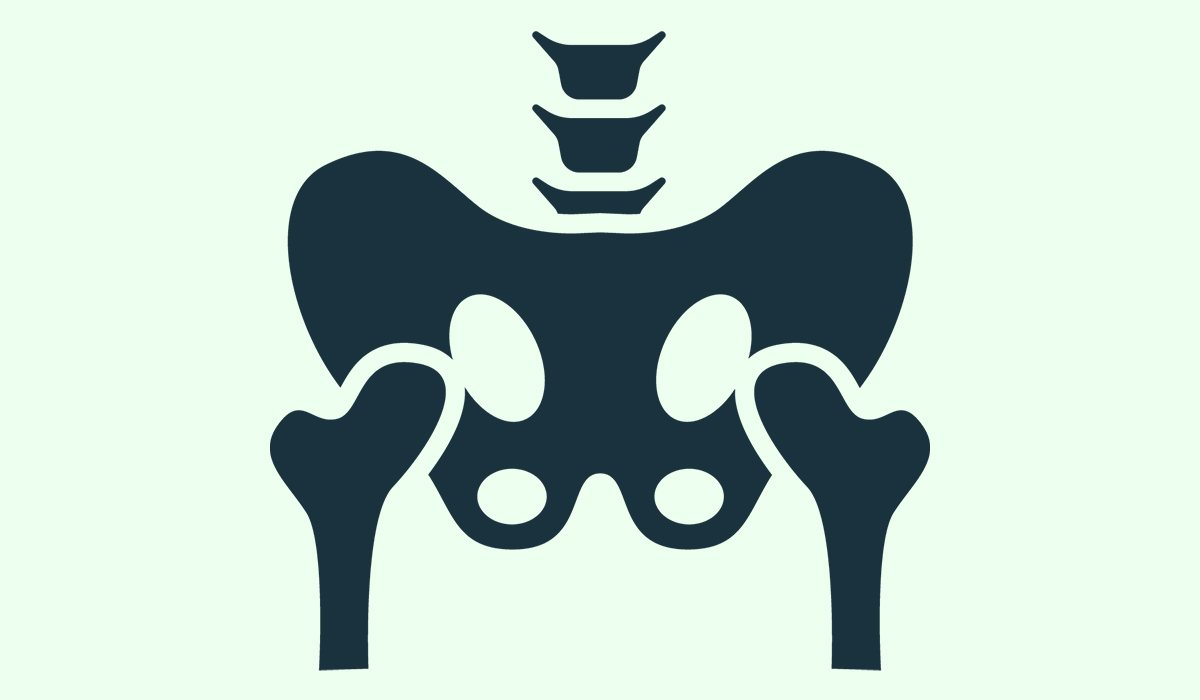
Pelvic pain implies inconvenience within the lower region of the stomach, underneath the stomach button, and between the hips. This… read more »
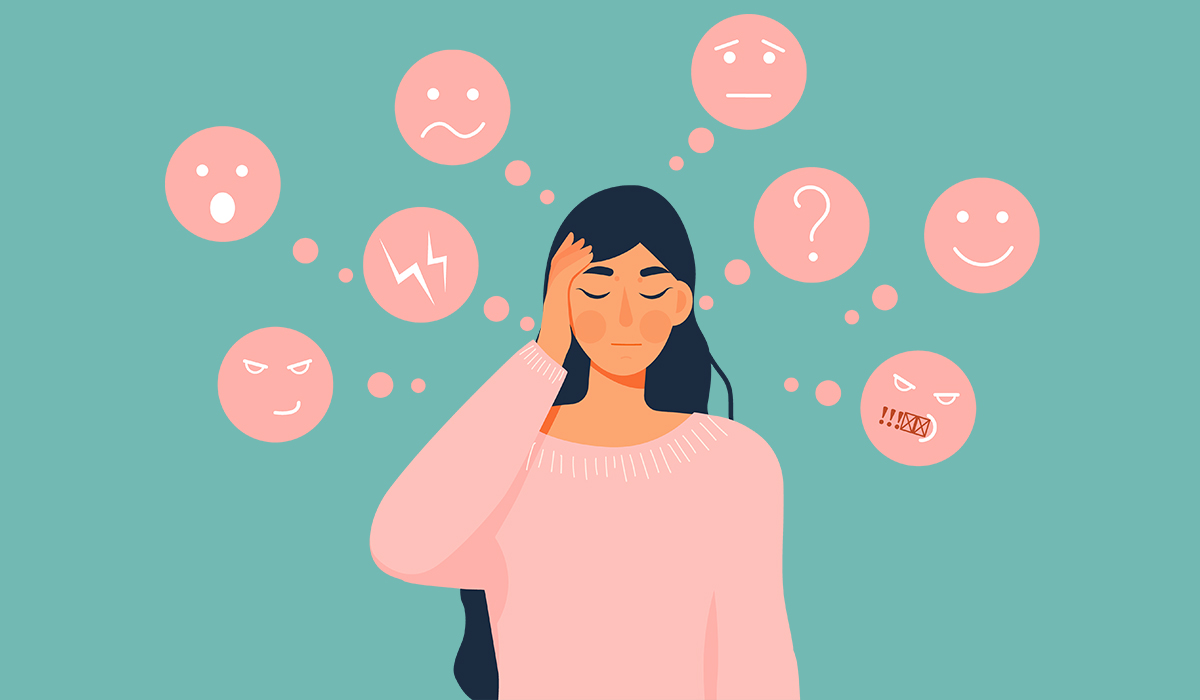
Premenstrual Syndrome (PMS) refers to a group of physical, emotional, and behavioral symptoms that occur in the one to two… read more »

Menopause is the time when a woman's body gradually changes from a fertile to infertile state. It is accompanied by… read more »
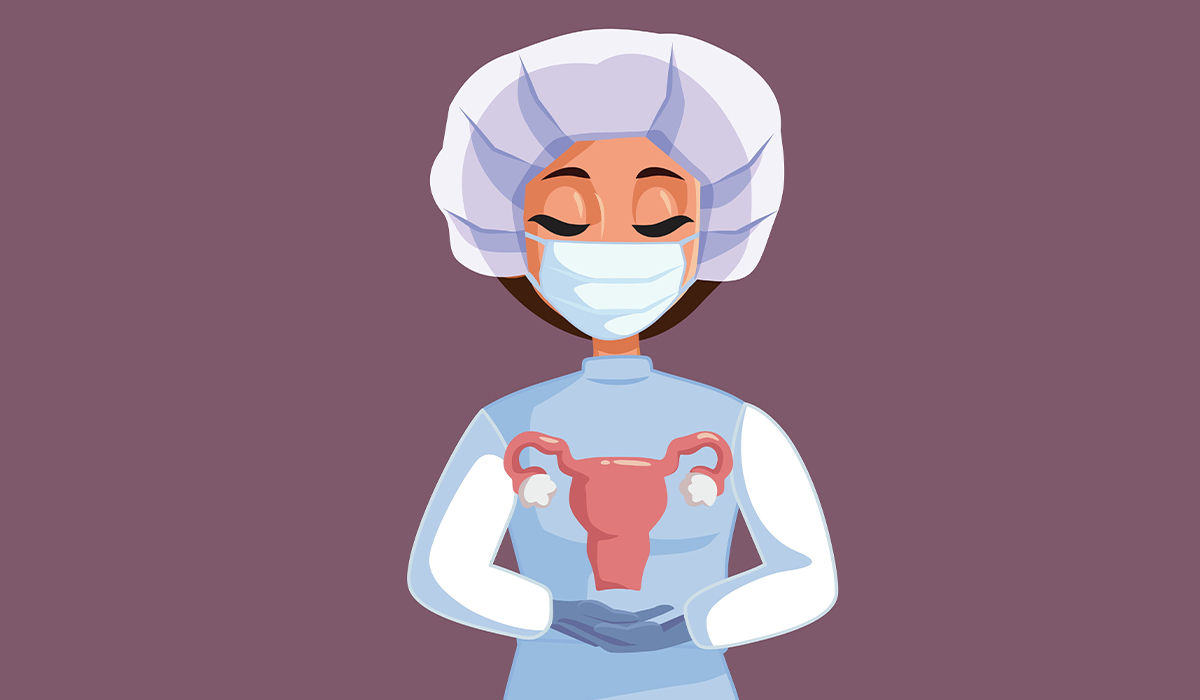
A gynecologist is a medical doctor who specializes in the health of the female reproductive system, which includes the uterus,… read more »